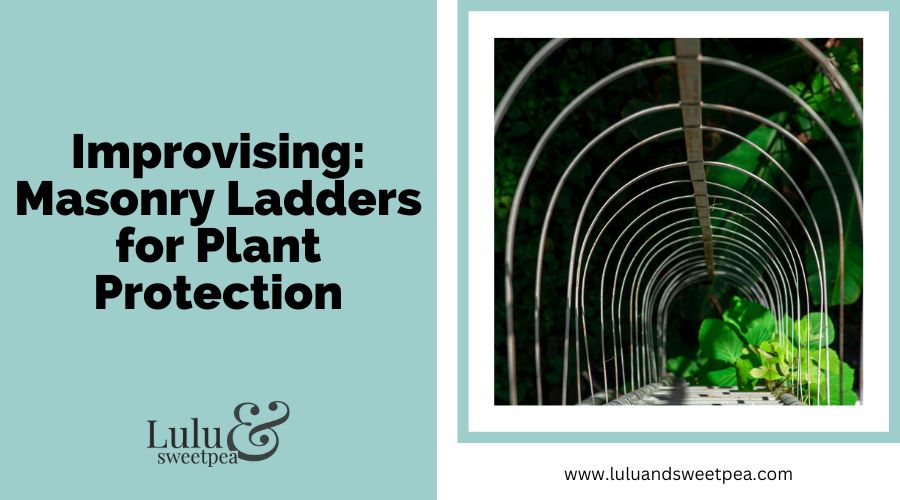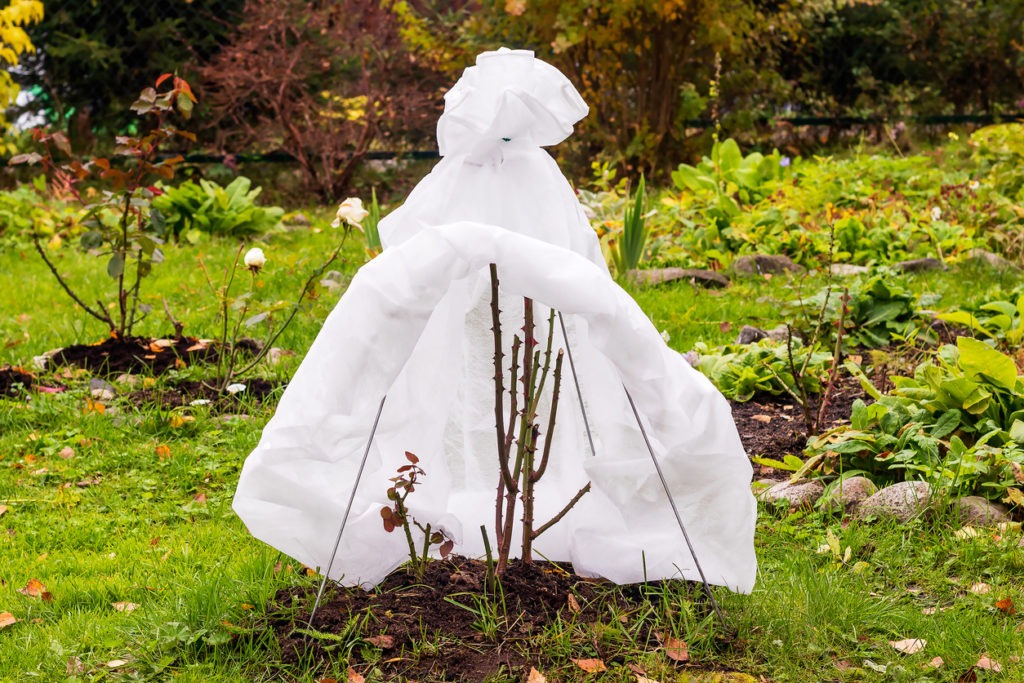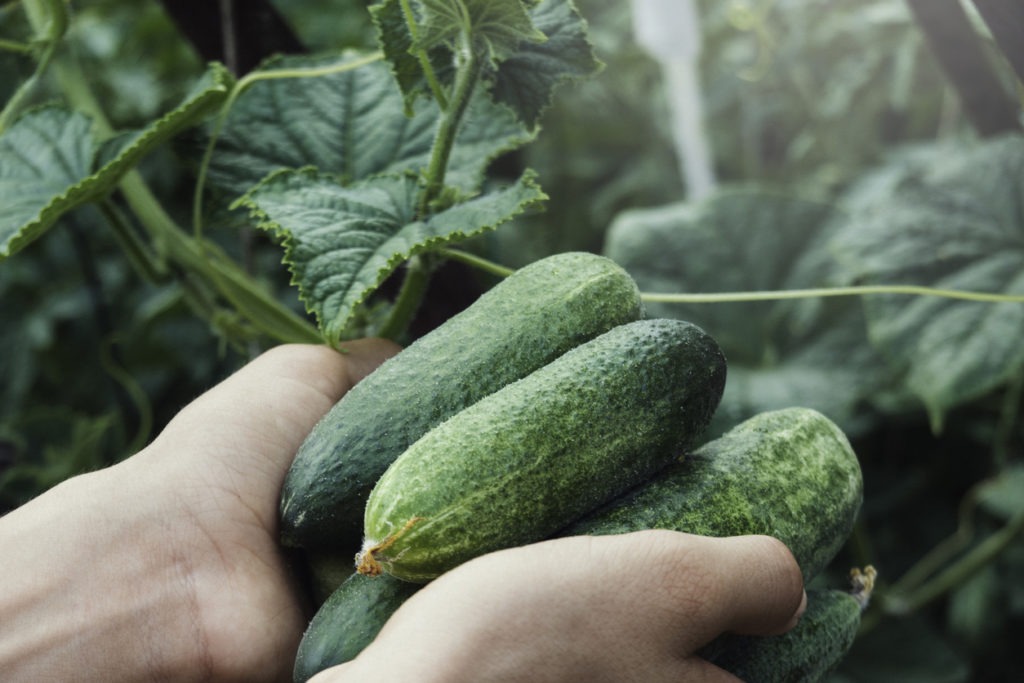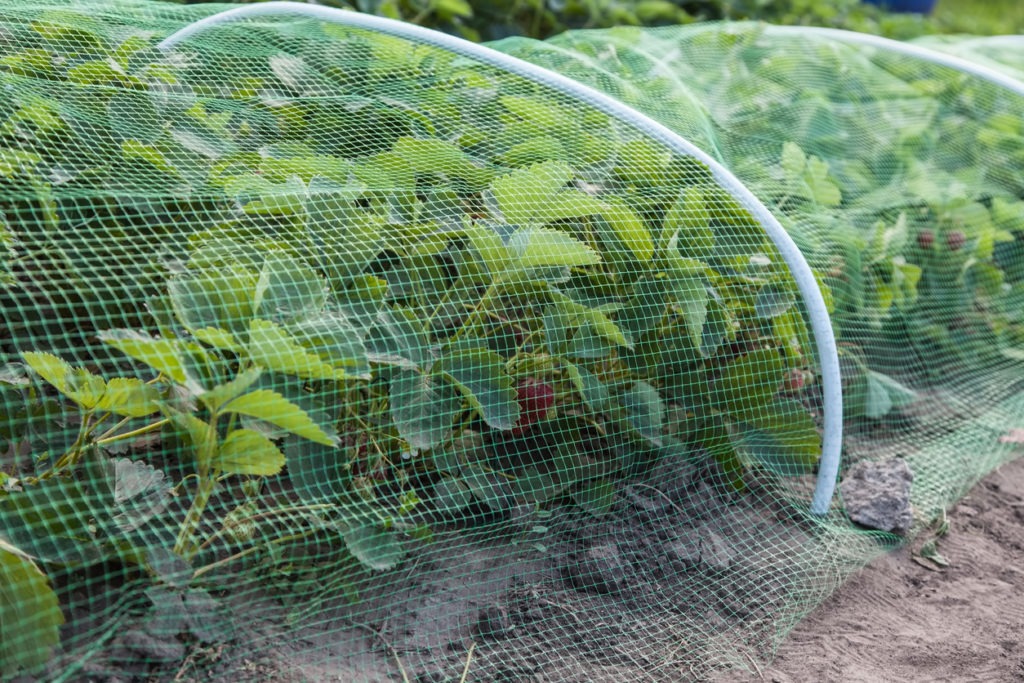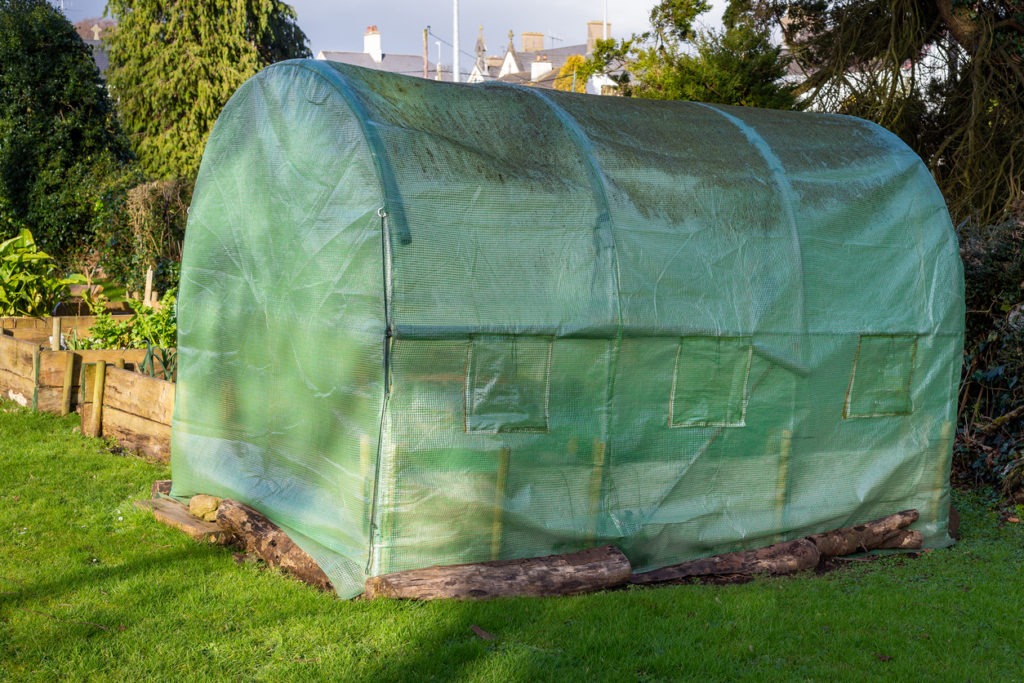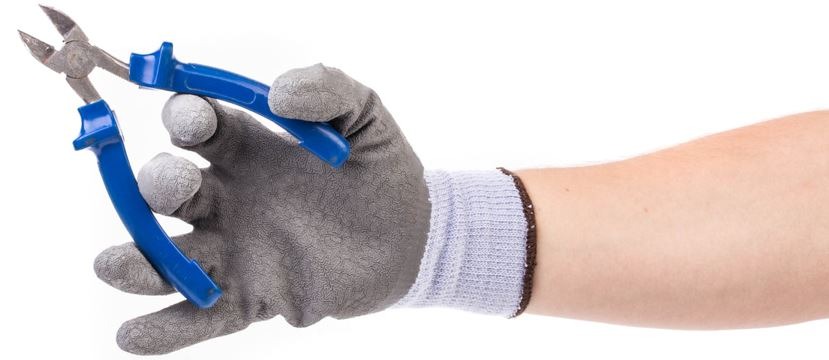Cultivating a garden requires a lot of effort from the very first day. You definitely don’t want any of your hard work to go to waste, so some precautionary measures are in in order. Unfortunately, there are a lot of threats to a garden, especially when it’s still new and full of young, struggling plants.
Most of these threats come from nature itself, although you may also have to keep an eye out for the trampling feet or mischievous hands of human beings. Once you’ve secured your garden from any naughty neighborhood children or careless family members, though, it’s time to pay attention to the critters that might eat away at your crops. This is where masonry ladders plus netting comes into play.
What Will Masonry Ladders Do For Your Garden?
When you use them correctly, masonry ladders and their netting can prevent birds, rabbits, and other forms of wildlife from entering and destroying your garden.
Of course, we have other options for deterring wildlife from accessing our plants–these include scarecrows, traps, reflective tape, and eye spot balloons. However, these may not scare away all the large forms of wildlife; especially not if they get used to these items. This is why masonry ladders are a much more effective solution; they outright prevent the creatures from getting near the plants at all.
What Exactly are Masonry Ladders?
Masonry ladders consist of two sturdy, thick wires that have a few sets of thinner wires running in between them. When you check out the best gardening tools for outside areas, make sure to look at masonry ladders as well.
The following factors will help us get more familiar with masonry ladders:
- Most masonry ladders are sturdy and durable
- They’re also usually a low-cost investment for your garden
- The wires running in between are usually spaced about a foot apart.
- In order to use the masonry ladders, we have to cut them with the help of some heavy-duty wire cutters and a lot of care
- After cutting, we have to bend the ‘ladders’ into a semicircle and put them above the garden bed or plant that needs protection
- We may have to use several masonry ladders according to the length of the flower bed or the spread of the plant
- After the ladders are in place, it’s time to use them as a frame for your netting. The netting will keep away potentially harmful creatures yet also let the sun and water in so that the plants thrive. For an easy watering experience, check out some lightweight hoses for your garden.
- The netting usually available on the market is made of a plastic material
Remember, masonry ladders and netting need to go together. You can’t exactly place a net loosely on top of a plant; the weight could damage the leaves and hinder overall growth. With the frame provided by the masonry ladders, you can leave the plants some room while also making sure they’re safe.
How to Put Netting on a Masonry Ladder
In order to ensure that the masonry ladders and netting effectively keep out unwanted creatures, you have to set them up properly. Here are a few tips to help you in this process:
- Set up the masonry ladders first. If the area is very long, you may have to make a row of them. For small areas, two masonry ladders might suffice, with the netting set up between them
- The netting should be as taut and straight as possible; this ensures that it stays off the plants and is also safe for the animals or birds that come around it. They won’t be able to access the plants, but also won’t get caught or tangled in the netting.
- If you have a raised bed, attach the netting securely to its boards using heavy duty staples
- For keeping out rabbits, you may also have to use metal mesh around the bottom part of the netting. This way, the rabbits won’t be able to chew through and access the plants.
- When it’s time to harvest the garden, take out the staples from one side of the netting. Take up that side’s masonry ladder and move it to the other side of the protected garden area. This will allow you to loop over the netting so that it stays off the ground. It will also be easier to put the netting back when you’re done.
Advantages of Using Masonry Ladders
Below are a few of the reasons why we should consider using masonry ladders for our garden:
- They are fairly inexpensive–in some areas, they might be as low as $3 for one piece
- They should be easily available at local hardware stores
- You can use them for supporting netting, making hoop houses, or providing shelter for plants without making a permanent structure
- Along with keeping out animals, they also help in providing protection from the sun. If your plants keep wilting in the hot weather, a covering with the help of masonry ladders can help them stay fresh and retain moisture more effectively
- These ladders don’t usually require any adjustments. You might have to cut them to fit a certain area–the usual length for masonry ladders is 8 by 10 inches.
- Even when the weather is perfect, netting and masonry ladders can come in handy for protecting seedlings from pests and other threats
- If the ladders are sturdy enough (and they usually are), you can also simply drape a garden blanket over certain crops like potatoes to protect them from the frost)
Making a Hoop House with Masonry Ladders
If we need to make a hoop house on a small scale, masonry ladders can be very handy for this purpose. Here are a few facts about hoop houses that should help us decide how to utilize them:
- It’s also called a hoop greenhouse, polytunnel, high tunnel, or grow tunnel
- The structure is made from steel and covered with a polyethylene covering (we can replicate this with steel masonry ladders and a small polyurethane cover
- The interior of the hoophouse will heat up and retain the warmth; this can help you create a relatively warm area for your plants even during winter (without snow)
- Gardeners can control certain factors inside the hoop house, such as ventilation, humidity, and temperature
- Hoop Houses or polytunnels can be useful for season extension (for growing crops off-season) or for growing cold-hardy crops outside during winter
If you use masonry ladders to create a small hoop house, this can be a very useful part of your garden. This way, you’ll be keeping your plants and crops safe from unwanted critters. The coverings will also protect them from extreme cold, direct sunlight, and other weather elements. Such steps can really save your efforts when you’re growing great tomatoes or any other crop.
Precautions to Take While Using Masonry Ladders
While masonry ladders are a useful addition to your outdoor garden, there are certain precautions to take while using them. Stay safe by reading the following tips:
- When cutting the ladders, make sure to use the right tools. There’s no specific tool for this job, but a rotary cutter or wire cutter will probably work. Ask your local garden center or online gardening forums for advice before attempting to cut masonry ladders for the first time.
- The cutting tools you use should be nice and sharp; this will be more effective, make for easy cutting, and also lower your risk of getting cut
- Make sure to wear gloves while you’re cutting and setting up masonry ladders. There could be sharp edges on the structures that may damage your hands or cause injuries
- If you’re using wire mesh, the same precautions apply. Use the right tools and wear protective gloves to avoid getting hurt
- If you’re creating a hoop house and covering it with polyurethane, make sure there’s enough ventilation for the plants. If the heat is too much, the seedlings and plants may also get damaged or die outright.
Conclusion
Using masonry ladders for plant protection can give several benefits to your garden. Make sure to give it some time; cut the ladders to the correct length and arrange the netting as neatly as possible. Once you’ve cut down the ladders, setting up the protective space can also be one of some great father and son building projects!
